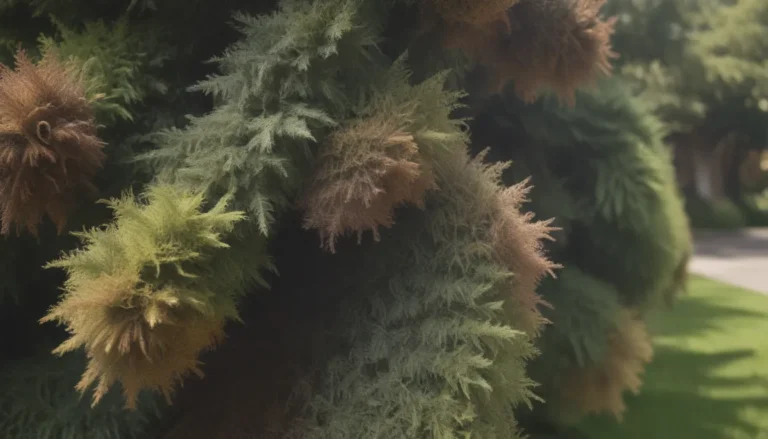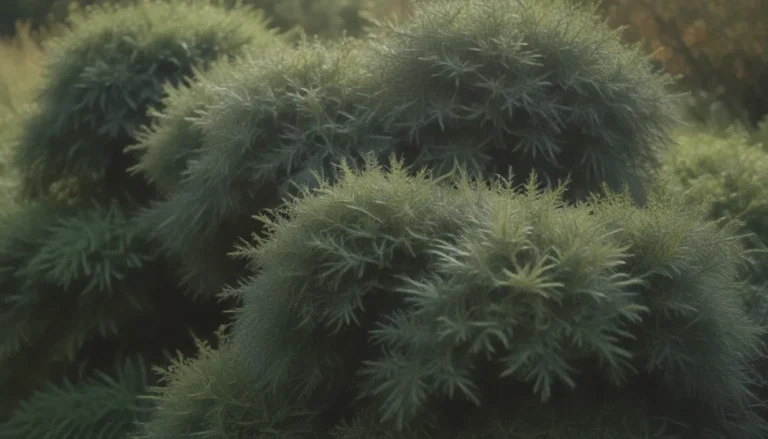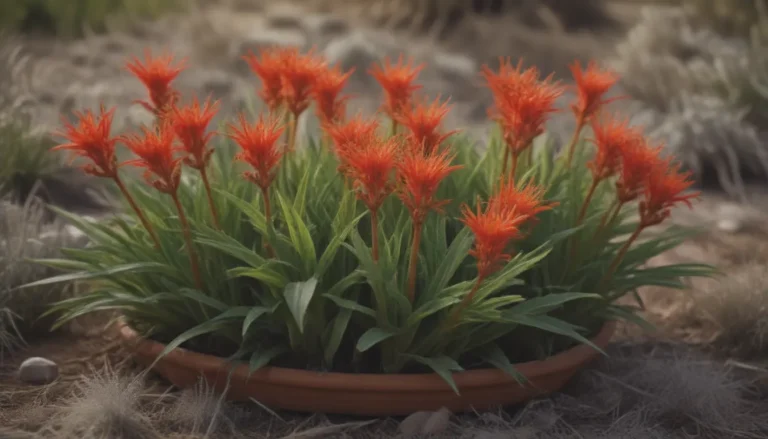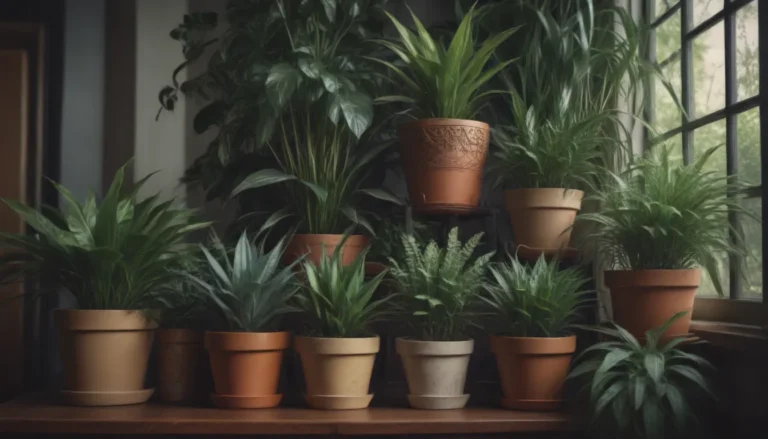Everything You Need to Know about Growing and Caring for Lantana
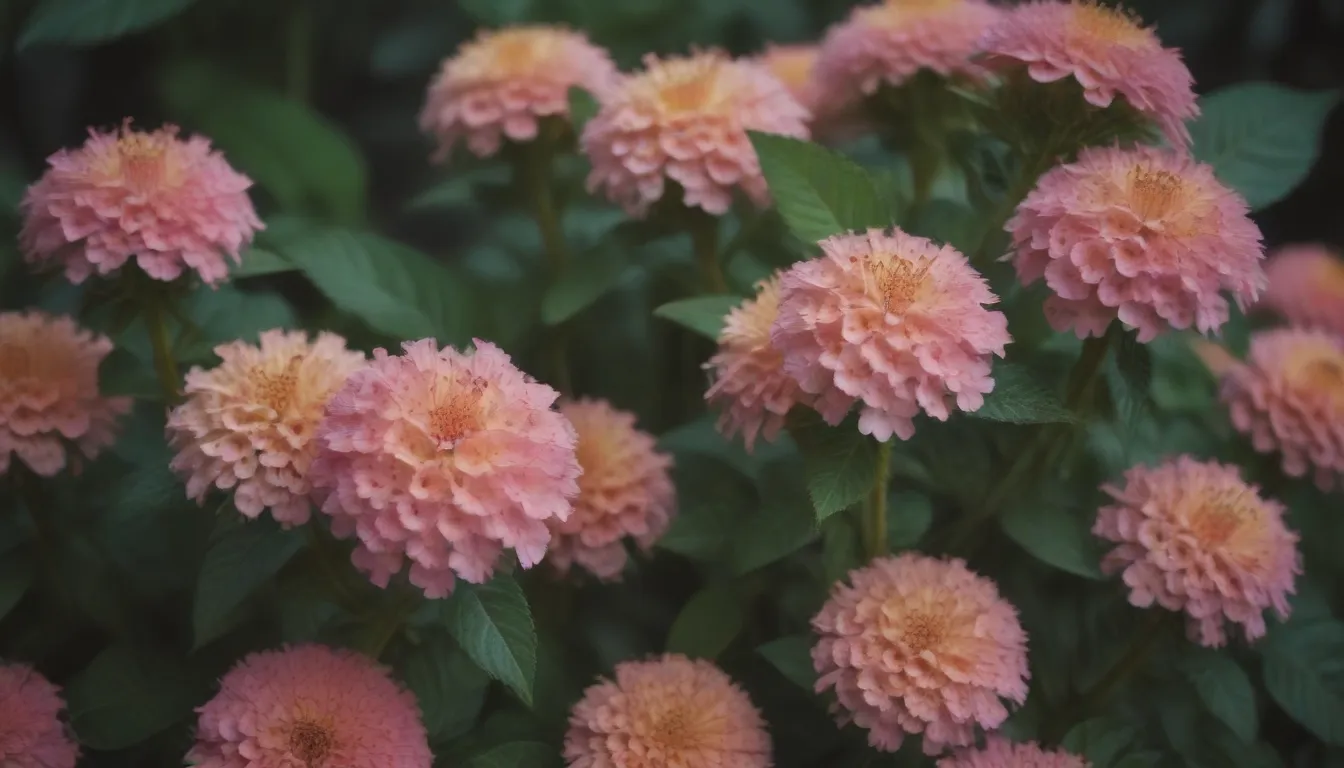
Lantana is a beautiful flowering shrub that can add a splash of color to your garden. Whether you live in a warm climate where lantana grows as a perennial or a colder region where it serves as an annual, this versatile plant is a great addition to any garden landscape. In this comprehensive guide, we will cover everything you need to know about growing and caring for lantana to ensure it thrives in your garden.
# Why Grow Lantana?
– Lantana produces rounded clusters of small, brightly colored flowers in a range of vibrant hues.
– The flower’s nectar attracts butterflies, making it a beautiful addition to any butterfly garden.
– Lantana is versatile and can be grown as a hanging basket, ground cover, or shrub in your garden.
# Lantana Care
Light: Lantana plants thrive in full sun conditions and require at least six hours of direct sunlight each day. While they can tolerate some afternoon shade, they will flower less if planted in a shady spot.
Soil: These plants prefer well-draining soil with a neutral pH range (6.0-8.0).
Water: Water lantana thoroughly, about one inch per week. If blooming has slowed, try increasing water.
Temperature and Humidity: Lantana grows in USDA zones 7 to 11 and thrives in temperatures above 55 degrees Fahrenheit. They enjoy humid weather and can survive salt spray.
Fertilizer: Lantana plants do not require much fertilizer when in the ground. Feed plants in containers with a balanced, gentle fertilizer every month.
# Types of Lantana
– Trailing lantana (Lantana montevidensis)
– Popcorn lantana (Lantana trifolia)
– Wild lantana (Lantana urticoides)
– Lantana pastazensis
– ‘Spreading Sunset’ (Lantana x ‘Monet’)
– Lantana camara ‘Miss Huff’
– Lantana camara ‘Bandito’
# Pruning and Propagating Lantana
Pruning: Pruning is essential to promote branching and flowering in lantana. Remove fruit to keep aggressive growth in check and shear lantana after flowering to encourage future blooms.
Propagating: Lantana can be propagated by seed or stem cuttings. Stem cuttings are more reliable as many lantana plants are hybrids.
# Potting and Repotting Lantana
– Lantana grows well in containers and can be grown in the ground in colder climates where it dies back in winter.
– Choose a container slightly larger than the rootball and ensure it has ample drainage.
– Consider repotting when roots outgrow the container to maintain healthy growth.
# Overwintering
– Lantana plants can be overwintered indoors, but they do not thrive as houseplants.
– Provide minimal light and water until replanting outdoors in the spring.
# Common Pests and Problems
– Watch for common pests like aphids and mealybugs that can cause problems for lantana.
– Ensure lantana gets enough full sun, water, and nutrients to prevent poor bloom or drooping leaves.
– Prune lantana to prevent the spread of berries and encourage more blooms.
# Conclusion
Lantana is a beautiful and versatile plant that can add a splash of color to your garden. By following these care tips and guidelines, you can ensure that your lantana thrives and blooms beautifully. Whether you grow lantana as a perennial in a warm climate or an annual in a colder region, this plant is sure to brighten up your garden landscape. So, get out there, get planting, and enjoy the beauty of lantana in your garden!
